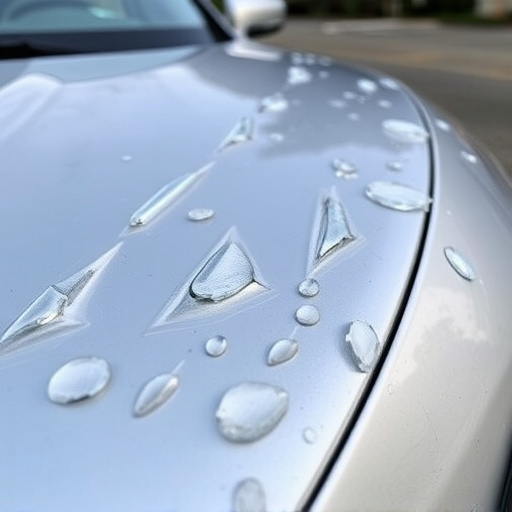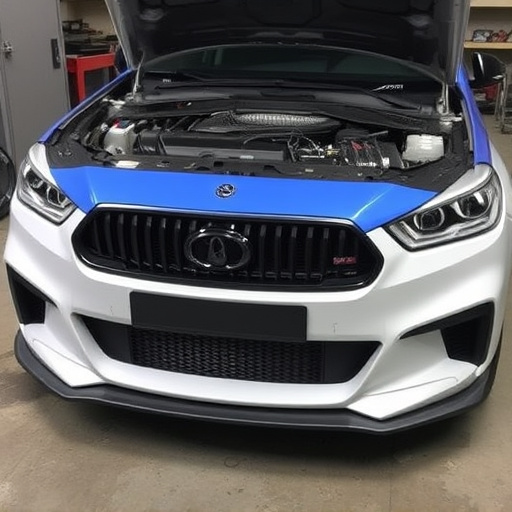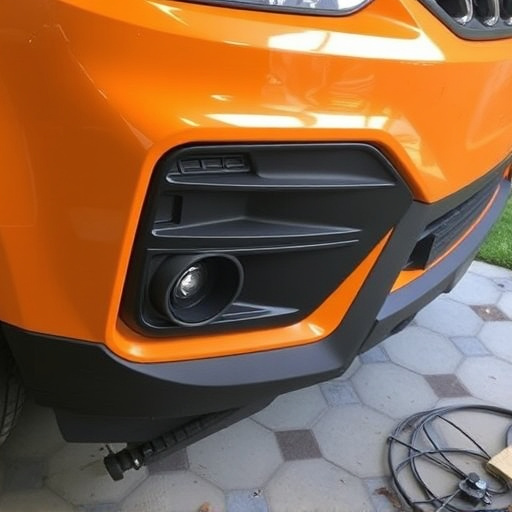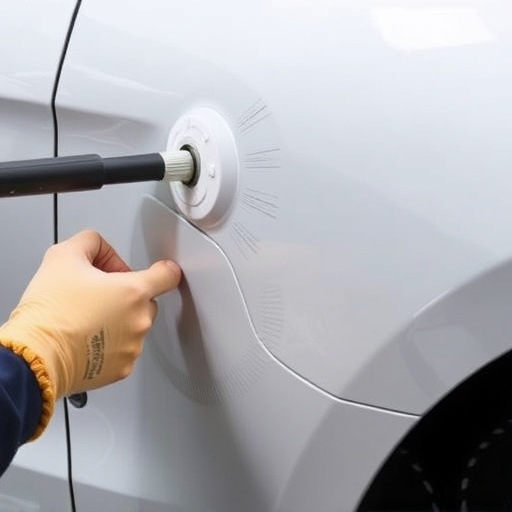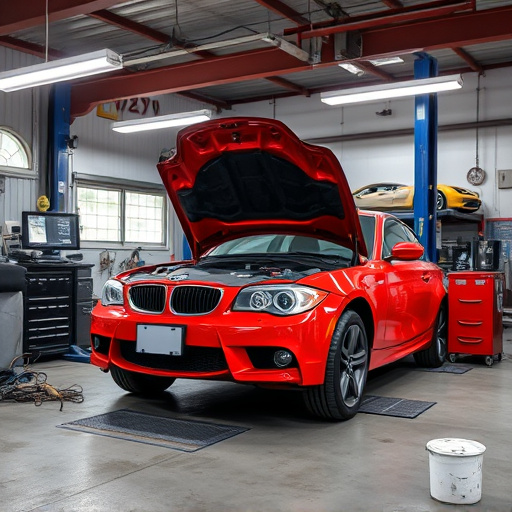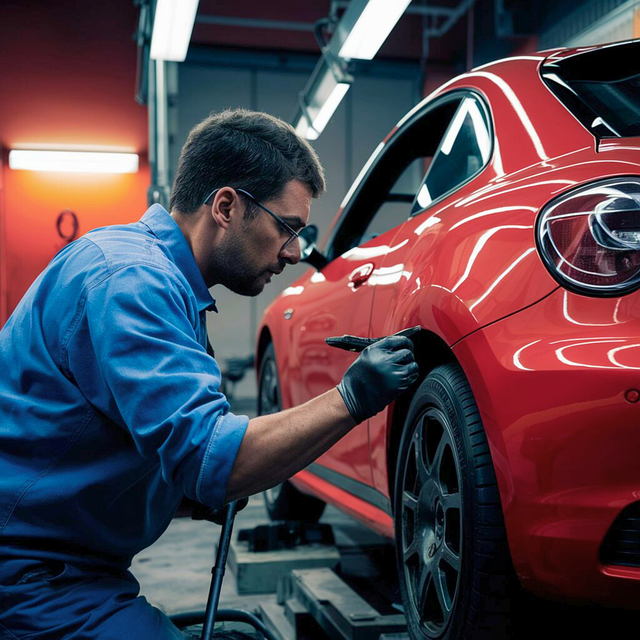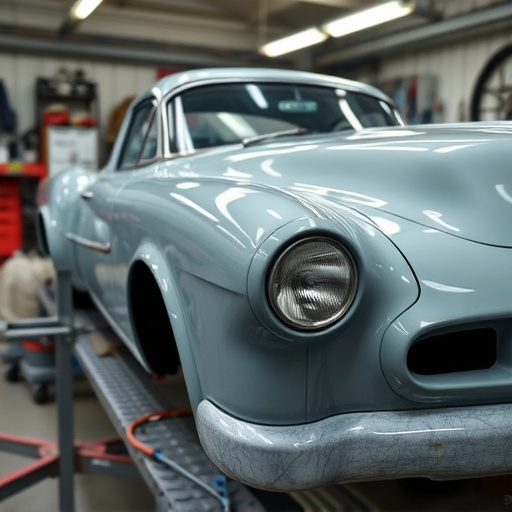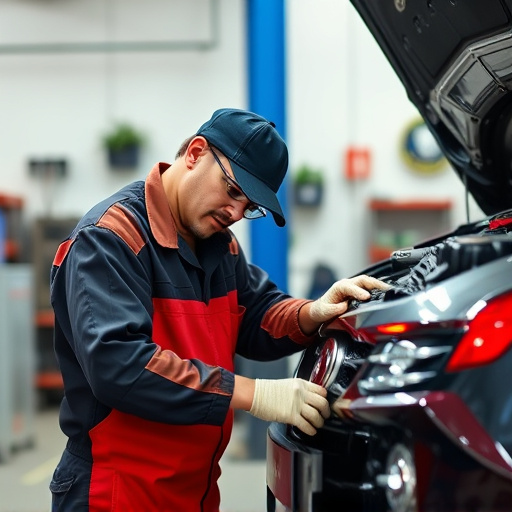Composite material replacement offers cutting-edge car repair solutions using advanced materials like fiberglas or carbon fiber. The process involves meticulous inspection, precise cutting, and skilled technicians ensuring durability through compatibility, curing, and surface preparation. High standards guarantee visual restoration and structural integrity, enhancing safety and reliability. To prolong lifespan, follow strategic steps including thorough surface preparation, high-quality adhesives, precise fitting, regular maintenance, and environmental protection. Regular inspections, prompt repairs, and specialized services ensure composite replacements maintain their integrity for years to come.
Composite material replacement offers a durable solution for various structures, but ensuring longevity after installation is crucial. This article explores strategies for maintaining durability in composite material replacements, focusing on processes, considerations, and regular maintenance practices. Learn how to safeguard your investment by understanding the specific needs of composite materials, implementing effective restoration techniques, and adopting a proactive maintenance regimen. Discover expert tips for preserving the structural integrity and aesthetic appeal of composite structures long-term.
- Understanding Composite Material Replacement: Processes and Considerations
- Strategies for Ensuring Longevity After Composite Restoration
- Regular Maintenance: The Key to Preserving Durability Following Replacement
Understanding Composite Material Replacement: Processes and Considerations

Composite material replacement is a specialized process that involves the use of advanced materials to repair or replace parts of a vehicle originally constructed from traditional metal components. This modern approach has gained significant traction in car repair services and auto repair shops, offering both aesthetic and structural benefits. The process begins with thorough inspection to identify damage, followed by precise cutting and shaping of composite materials, such as fiberglas or carbon fiber, to match the damaged area precisely.
This intricate procedure demands skilled technicians who understand the unique properties of composite materials. They must consider factors like material compatibility, curing processes, and surface preparation to ensure a durable repair. Proper adhesive selection and application is crucial for long-lasting results. In a car body shop, maintaining high standards throughout the replacement process is essential to guarantee not just visual restoration but also structural integrity, ensuring safety and reliability on the road.
Strategies for Ensuring Longevity After Composite Restoration

To ensure longevity after composite material replacement, several strategic steps can be taken. First and foremost, proper preparation of the surface is key; this includes thorough cleaning and decontamination to remove any debris or contaminants that could affect adhesion. Using high-quality adhesives specifically designed for composite materials is crucial for a strong, durable bond. Additionally, precise fitting and alignment during the repair process are essential to maintain structural integrity.
Regular maintenance plays a significant role in extending the life of composite restorations. This involves periodic inspection for signs of damage or wear and addressing them promptly. Auto body repair experts recommend using protective coatings and sealants to safeguard against environmental factors like UV radiation, extreme temperatures, and chemical exposure—common issues in vehicle collision repair scenarios. Such proactive measures ensure that composite material replacements not only look good but also stand the test of time, even after facing potential challenges from car collisions or other impacts.
Regular Maintenance: The Key to Preserving Durability Following Replacement
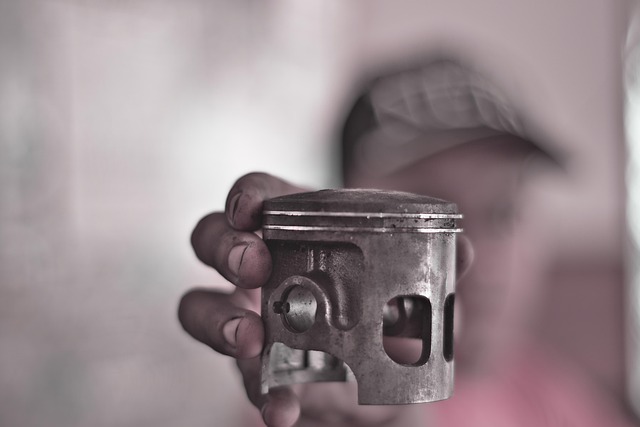
Regular maintenance plays a pivotal role in preserving the durability of composite material replacements, ensuring they withstand the test of time and harsh environmental conditions. Post-replacement, it’s essential to establish a diligent care routine that includes frequent inspections for any signs of damage, cracks, or deterioration. Addressing these issues promptly through specialized repairs, such as vehicle collision repair or tire services, can prevent further complications.
Additionally, proper cleaning and conditioning of composite surfaces are vital. Regular vehicle paint repair and maintenance routines help maintain the integrity of the composite material’s protective coating, safeguarding against UV exposure, extreme temperatures, and other environmental stressors. By integrating these practices into a comprehensive aftercare plan, you can extend the lifespan of your composite material replacements, ensuring they remain in top condition for years to come.
Composite material replacement offers a powerful solution for restoring structural integrity, but achieving long-term durability requires careful consideration and ongoing maintenance. By understanding the processes involved, implementing specific strategies, and committing to regular care, it is possible to ensure that composite restorations maintain their strength and longevity, providing a robust and sustainable alternative for years to come. These measures are essential for preserving the benefits of composite material replacement in various applications, from infrastructure to aviation.



